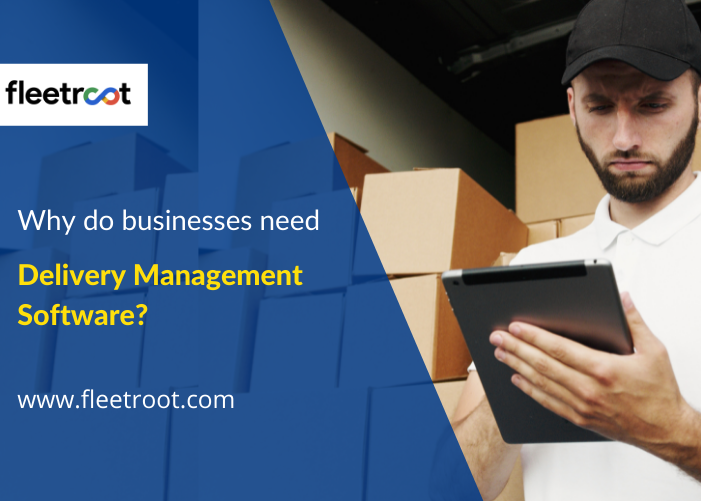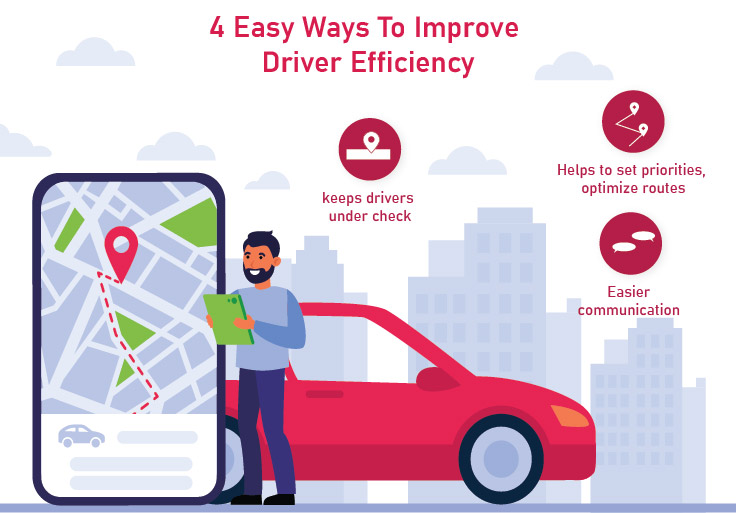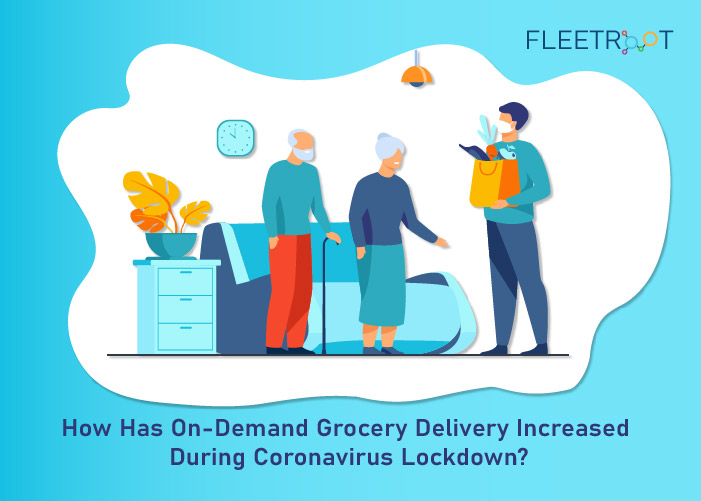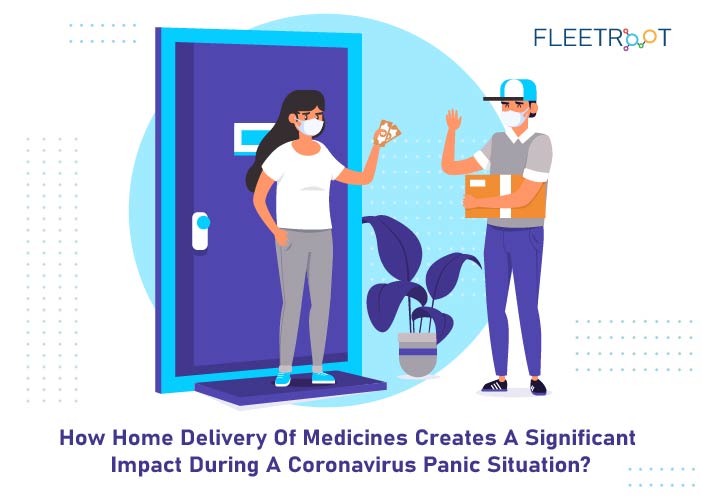With customer expectations rising rapidly over order deliveries, it is becoming imperative for businesses to provide quick and reliable deliveries to their customers through smooth delivery operations. The best way to do this is to use end-to-end, integrated delivery service management software. In this blog, we will discuss the top 10 reasons why businesses need delivery management software.
- Improved Efficiency of the Delivery Process: With order delivery management system, you can take charge of the entire delivery process, right from order to last-mile delivery. The software enables Logistics Managers to:
- Synchronize allocated packages.
- Define mode of delivery for different packages based on size, weight, etc.
- Assign point-to-point routes and give customer details, such as customer name, contact number, and address to drivers.
- Track the order statuses and routes followed by drivers.
- Enable bar code scanning and package matching
- Manage cash on delivery payments
- Capture digitized proof of delivery and more.
These insights can lead to timely deliveries and enhanced customer experience
2. Efficient Dispatching and Delivery Scheduling:
- The software can automate and adjust dispatch and delivery schedules, depending on the resource availability and demand. These lead to error-free deliveries and happy customers.
- It enables your company to perform at its best at the busiest times of the year. Festive periods, such as Thanksgiving, Christmas, New Year, and Valentine’s Day, can all result in a spike in orders that your company may not be able to deliver unless your delivery system can keep up with demand.
- The delivery management software allows you to simply scale up your driver team and vehicles to meet increased demand during peak hours. Also, unrestricted route optimization enables you to make delivery routes longer or shorter as needed.
3. Optimized Delivery Routes:
- Stop spending hours making a delivery route and avoid unnecessary delays in deliveries that result in unhappy customers. Route Planning helps drivers with the shortest path to reach customer location, thereby achieving fleet productivity and on-time deliveries.
- Returning to an address to redeliver an item costs your business time and money that you won’t get back. Route optimization helps you achieve scheduled ETA and keep drivers happy by sending them optimized driving routes. The ETAs and recipient notifications ensure that someone will be there when your driver knocks on the door.
- The ultimate benefit of route optimization to companies is increased profitability due to reduced traveling distance and fuel consumption.
4. Real-time Fleet Visibility::
- Real-time Fleet tracking and visibility enables easy supervision and a holistic view of ground-level delivery operations. A delivery management software helps logistics managers get real-time data, such as vehicle location, vehicle idling time, and whether a vehicle is fully loaded and used to its maximum capacity or not.
- The software also provides information on any abnormal driver behavior, such as over-speeding, long idling, unnecessary braking, and more. You can track multiple consignments from a single dashboard
5. Telematics and Driver Safety:
- During the unprecedented Covid times, end-to-end software helps to promote contactless deliveries for drivers through digital communication with dispatchers and customers.
- The software also allows for real-time driver monitoring to ensure safe driving, reduce insurance costs, and reduce overhead costs from vehicle maintenance.
6. KPI Monitoring: The software can help logistics managers quickly analyze the captured data, measure delivery performances, and monitor KPIs, such as:
- On-time delivery rates
- Number of successful and failed deliveries
- Routes followed
- Vehicle/driver idling time
- Cost of the last mile
- Customer feedbacks
7. Reporting and Dashboards:
- There is no way to improve the operations until the total performance is measured. A delivery management solution aids in the tracking of all delivery operations and areas for development. It aids the management in determining the weak areas to improve performance.
- Back office operational teams rely on delivery management software to report on logistical operations so that they can understand and take decisions around complex last-mile delivery operations. Delivery software can equip professionals across the supply chain with the appropriate permission levels and statistical data through dashboards designed specifically for them.
- The software also provides reporting capabilities catered to different stakeholders across the supply chain.
- It also allows you to export data to other systems, such as your sales system, employee management system, fuel and vehicle maintenance tracking system, and more.
8. Digital Proof of Delivery:
- The electronic proof of delivery keeps customers up-to-date on the status of their orders through email or SMS. That reduces the number of times they need to contact you for assistance.
- It uses a photo of the package drop-off point or a signature to send live tracking updates to customers.
9. Enhanced Customer Experience:
- The software provides customers instant access to the real-time mapping of driver location. It gives them real-time visibility of their package and lets them know where their package is, when will it be delivered, who will deliver it, estimated arrival time, and any likely delays. Customers also get notifications en route.
- Customers can directly communicate with their package carrier agent, raise issues and complaints, share delivery feedback, and provide satisfaction ratings based on their experience. Through customer feedback and reviews, the management can well learn about customer expectations and what actions to take for business growth.
10. Business Growth:
- The delivery management system automates your delivery processes, allowing you to focus on your business growth. So, you will have more time to focus on the critical tasks that affect the success and growth of your company.
- In short, you can rely on the software to automate the time-consuming tasks of calculating optimized routes, tracking drivers and deliveries in real-time, sending out delivery service notifications to customers, capturing proof of delivery, and collating all the information in an easy-to-use platform to keep everyone informed.
Conclusion:
Customers today are concerned about the availability of products, cost, speed of delivery, and convenience. They want the flexibility to choose where, when, and how their items are delivered. An end-to-end delivery management system allows you to control and improve all of the elements across the entire supply chain so you may enhance the delivery experience of customers. So, are you ready to implement the end-to-end best delivery management system in your company?




